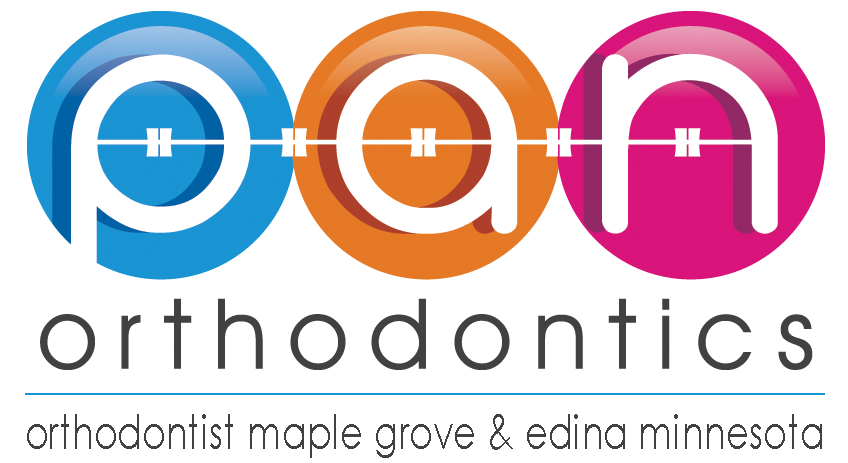Orthodontic Diagnosis - Little’s Irregularity Index
Many people find the crowding of teeth to be unattractive. It is the primary reason why patients seek orthodontic treatment. Several different methods are used to quantify the level of crowding for the purpose of studying epidemiology. In 1975, Robert M. Little suggested the use of the irregularity index as a valid and reliable quantitative method for evaluating the lower anterior alignment. Following the development of Little’s Irregularity Index, the Handicapping Labio-lingual Deviation index was introduced. It used visual calculation to evaluate the anterior crowding in both arches. Additionally, the Peer Assessment Rating index assessed the displacement between contact points of the anterior teeth using a ruler. The Dental Aesthetic Index (DAI) determined the maximum incisor irregularity in each dental arch using a probe and the anterior arch length discrepancy (ALD) in each arch. In addition, the Index of Orthodontic Treatment Need and the Index of Complexity, Outcome, and Need (ICON) both collect data using the dental cast analysis of the ‘worst’ overall displacement of contact points in either dental arch and the ALD in the upper dental arch.
Little's Irregularity Index (LII) is an index that was created to objectively measure the crowding of the mandibular anterior arch for epidemiological studies. It has also been used to assess the performance of orthodontic brackets, retainers and treatment modalities. The index was first introduced in 1975 by Robert M. Little in his paper titled The Irregularity Index: A quantitative score of mandibular anterior alignment.
The index evaluates the anatomical contact points of the anterior incisors. A contact point is defined by the touching of edges of two different teeth. When mandibular crowding occurs, the teeth are often rotated and displaced either palatally or buccally. The Little's Irregularity Index works by measuring the horizontal linear displacement of anatomic contact points of each mandibular incisor from the adjacent anatomic point and sums the five displacement together. Once the sum is calculated, the value represents the overall degree of anterior irregularity.
A perfect alignment from canine to canine will result in a score of 0 based on Little’s Irregularity Index. As the level of crowding increases, the score also increases. In his study, Little used Dial Calipers in order to measure the distances on a plaster model taken of the mandibular arches. The caliper is accurate within a tenth of a millimeter. The vertical discrepancy between the two contact points does not impact the index score. The scale of the index is provided below. The number listed corresponds to the distance in mm of the sum of horizontal displacements of the anatomical contact points of the mandibular anterior teeth.
- 0: Perfect Alignment
- 1-3: Minimal Irregularity
- 4-6: Moderate Irregularity
- 7-9: Severe Irregularity
- 10: Very Severe Irregularity
Disadvantages
One of the disadvantages of Little’s Irregularity Index is assigning a high score to the Malocclusion which involves a severe rotation of one or more teeth. The treatment in a case like this may be simple compared to the high score of crowding assigned using this index. The index also fails to consider the other features of the malocclusion prior to assigning a score.
Pan Orthodontics Philosophy
To treat our patients as our families and to treat others as how we want to be treated. From your first phone call to the moment your new smile is born, everything in our office is set up to ensure an excellent experience with us. We will always listen to you and improve with your suggestions.
Featuring The Latest Orthodontics Technology
Our Commitment to You
We will continue to keep up with the ever growing digital technologies to improve your orthodontic experience. We also commit to always help you find the most convenient time for your visit with us.




